Disclaimer: The following are stabilizers that I (Rosemary) use. There are GOBS of stabilizers out there and lots of different brands, types, shapes, sizes, colors, weights, etc…. These are the ones I like to buy so I’m posting about them!
For those of you who have been doing embroidery forever, you might find this post boring! But, for those of you who are looking to get in to embroidery or are just starting out and learning, then this post is for you. As I’ve said before, I taught myself machine embroidery and “figured” stabilizers out mostly with trial and error (and messing up a time or two). I get lots of questions about stabilizer and see it a lot on Facebook, so here goes!!
#1. Sticky Back Stabilizer. I’m not going to elaborate too much on this one since I just did a post on this stabilizer and it’s use with Fast Frames ~ https://www.appliquecafeblog.com/fast-frames/. Basically it is used for any item you can’t hoop. Examples would be: backpacks, lunch boxes, ribbon, market totes, etc. Some people use it for everything but I only use it for the mentioned items – basically things that you a) can’t hoop and b) you do not want stabilizer left on when you’re done (it peels away). You typically hoop the sticky with the paper still on (or stick it to your fast frames) and then stick your item to the sticky (score the paper and peel it away) and pin it in place. Again, see the fast frames post for more details. I buy mine from Sewingmachine.com. This is a commercial roll and very affordable.
#2. Medium Cutaway ~ This is Sulky Brand (Medium Cutaway) Cutaway Plus. I usually buy it with 50% off coupons from Joann. I like the commercial cutaway from Sewingmachine.com, but I sometimes use Sulky for Applique Cafe samples (with a layer of commercial underneath) because it’s a brighter white and makes a good white background for my sample pictures. I’ve used Sulky since I first started doing embroidery so that’s also why I like to keep it around! I also like Sulky because I can buy it locally from Hancocks or Joann and I can usually buy it with a coupon or on sale!
#3. Medium Cutaway ~ this is the commercial roll from Sewingmachine.com. It’s very affordable and this size is great for your 5×7 or 9×9 hoop (see this post on the 9×9 hoop). I buy the 2.2 oz and it is medium cutaway. You won’t believe the great prices on the commercial stabilizer!!
#4. Medium Cutaway ~ Precut Squares from Sewingmachine.com. I believe these are 2.5 oz and I also have the 2.2 oz which is a little lighter. These are great for your 4×4 hoop! They also sell other sizes and weights in precut. Just search “precut” for all of the precut stabilizer options (no show mesh, light tearaway, etc.) As you can see below, 250 pieces for $16.95 – great price! That’s like 7 cents a shirt ~ 250 shirts!!
MORE ON CUTAWAY ~ I use cutaway on all of my tshirts. I am a “hooper” so I hoop all shirts and use medium cutaway. (See this post on hooping). Basically you would use cutaway on anything you don’t mind leaving stabilizer on, because you do “cut it away” from around the applique or monogram! You would not use cutaway on a bib or towel, because you would not want it left on there when you’re done! I find that cutaway gives you great support too.
#5. Iron on Tearaway Stabilizer ~ It is what it says.. You iron it on, then tear it away once you’re done! I use iron on tearaway on towels, blankets, plush items, lovies, bibs, burp cloths, etc. It’s basically like paper and once side is shiny. You iron on the paper side and it sticks to your item. When you’re done, you just pull it off. I don’t use it a whole lot, so I usually buy this Sulky brand from Joann with my 50% off coupon.
#6. Solvy ~ Solvy is the stuff that is a “topper” stabilizer for plush items such as towels, blankets, terry bibs, minky dot anything, etc. When I use iron on tearaway, it’s typically something I’d need Solvy for too. It acts as a topper so that your monogram (thread) will not sink in to the item. I learned this by monogramming a plush baby blanket and did not use anything on top. The monogram got lost down in the fluff! It feels sort of like a textured saran wrap. Solvy is water soluble too and the instructions state that it can be removed by submerging in water. However, like the tearaway I just peel/pull it off when I’m done. Like the tearaway, I don’t use a ton of it so I typically buy a roll or two of Sulky brand with my 50% off Joann coupon. You can use solvy several different ways – you can hoop it with your item or you can lay it on top of your embroidery area and pin it in place.
I monogrammed several towels today so here are a few pictures using the iron on tearaway and Solvy. First I’m doing a kitchen towel. I don’t want stabilizer left on the back of the towel when I’m done so I’m using an iron on tearaway stabilizer. I cut a piece the size of my hoop and iron it on the back where the monogram will go.
This kitchen towel is pretty flat (not fluffy), but it was a tad bumpy and “waffle weave” so I decided a layer of solvy would not hurt! As you can see the monogram is sewing on top of the solvy. I hooped the solvy too.
Now I’m doing a bath hand towel, so again I’m using the iron on tearaway because I do not want stabilizer left on the back of my towel. I iron it on the back the size of my hoop over the area that will be monogrammed.
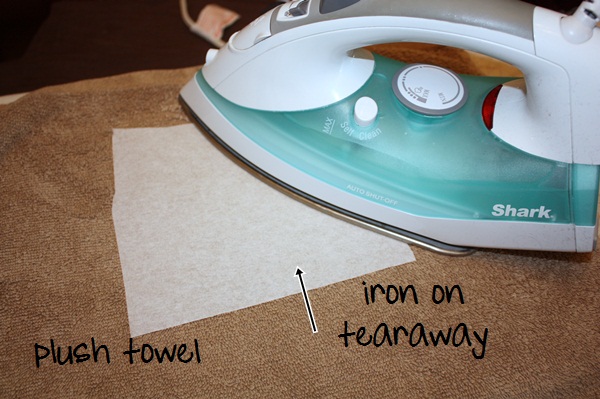
If I were to monogram this without solvy, the thread would get lost and buried down in the loops.
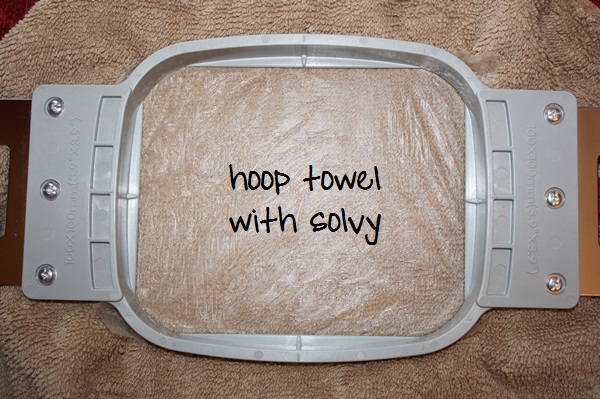
As you can see below the monogram is sewing on top of the solvy, therefore on top of the loops of the towel. Note: I like to use a fill stitch monogram when doing towels versus a satin stitch. That’s just my personal preference!
Other than Heat N Bond Lite (see this post) and Sulky KK5000 Spray Adhesive (see Hooping 101 post ~ I use it to stick my cutaway to my shirt before hooping) and a lint brush, these are the only “products” I typically use. I post last week about needles and other than scissors, measuring tape and my iron, that’s about it! I can do another post soon on embroidery thread and bobbins! FYI – I use Fil-Tec’s Magnetic Core Bobbins from Sewingmachine.com. You can buy a box of 100 for like $28.00. 100 bobbins lasts me a long time!
I hope this helps those of you who are thinking about embroidery or just starting out. Like I said, there are TONS of stabilizers out there and there are several that I simply don’t use. You kind of have to figure out what you need and like and stick with them. The commercial stabilizers are priced so great so I buy them on the stabilizers I use the most. I also did a post last week on Comfort Cover (see the post here). It’s not really a stabilizer, but more an “extra” thing you can add to your finished product!
If you have any other post ideas for “beginners”, please let me know!
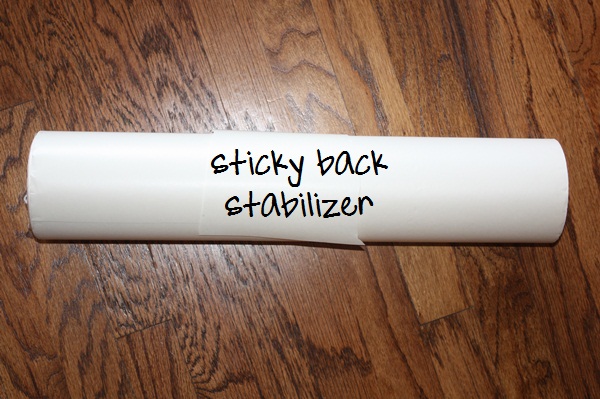
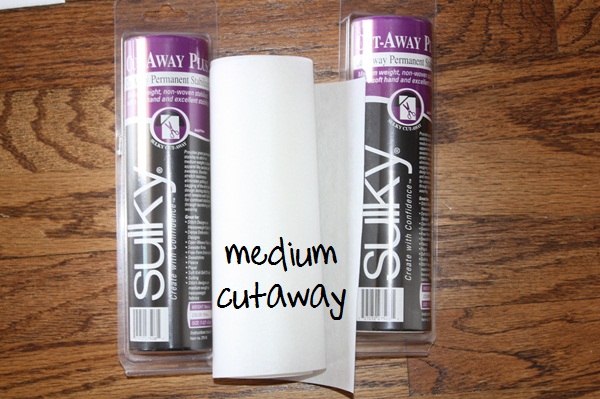
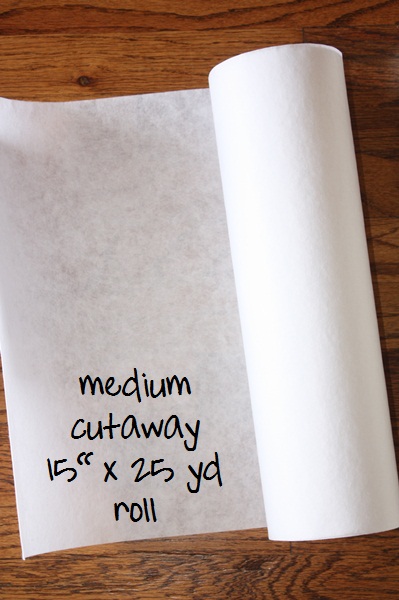
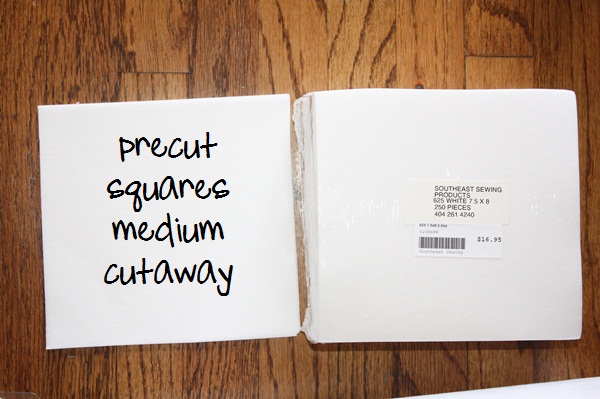
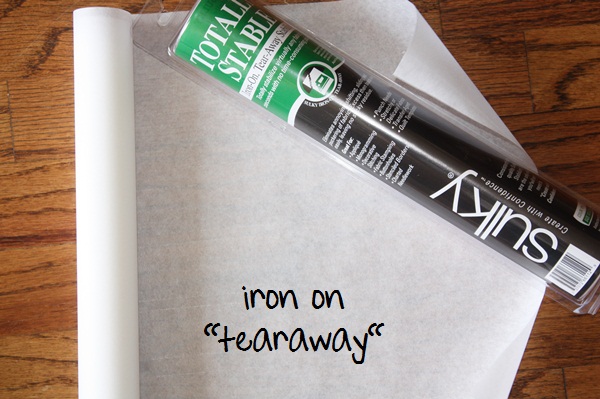
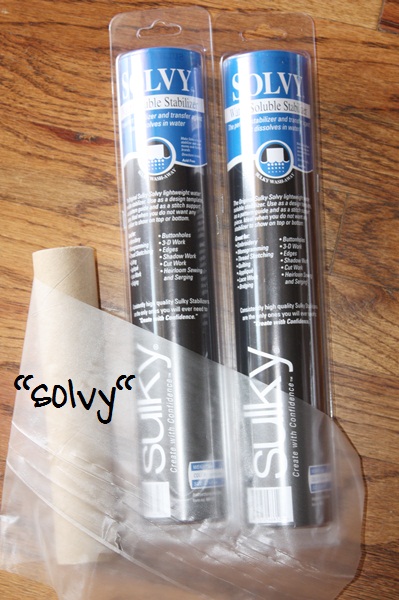
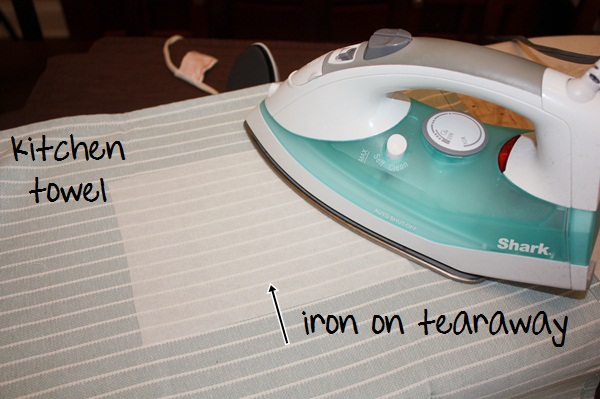
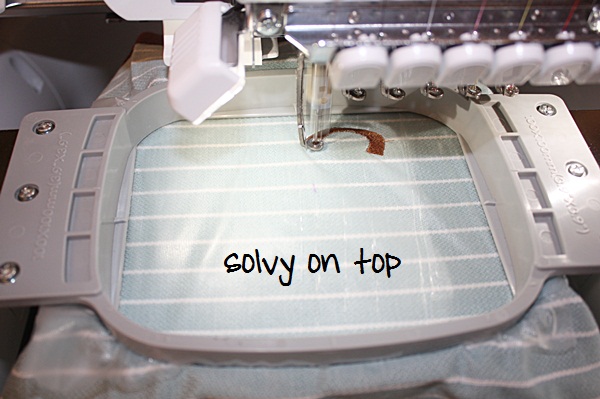
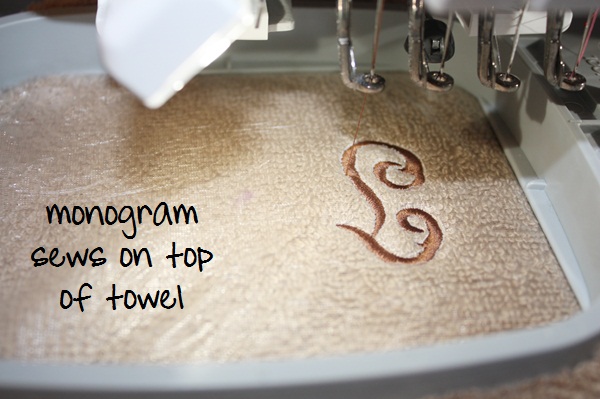
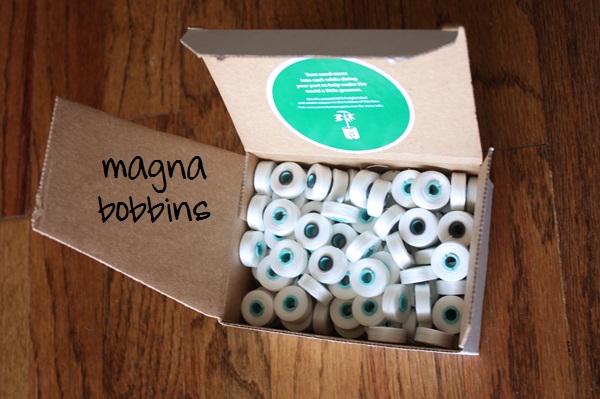
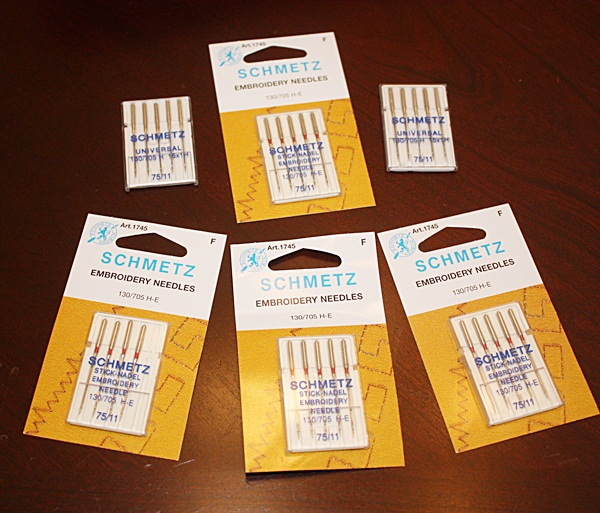
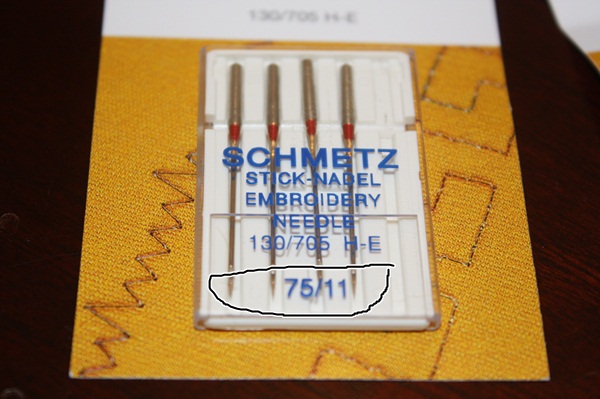
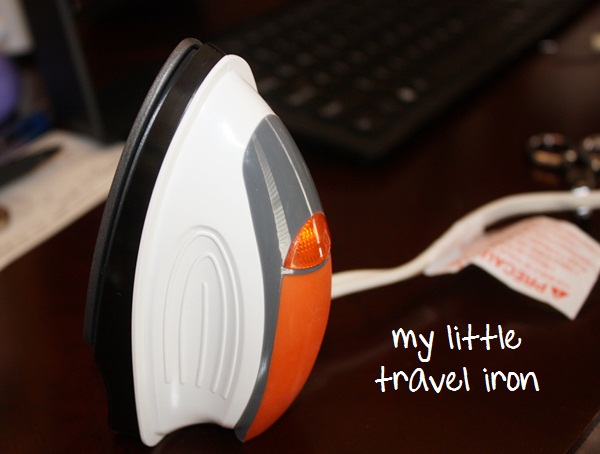
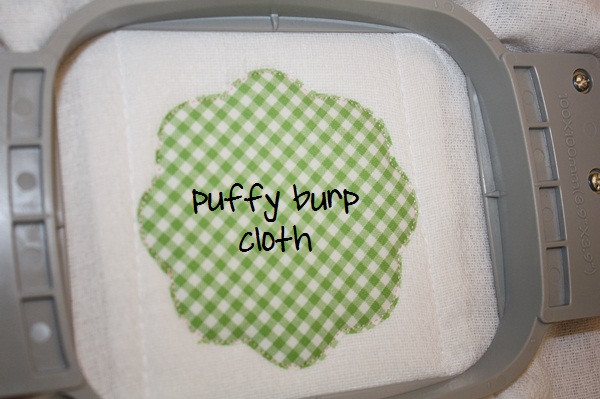
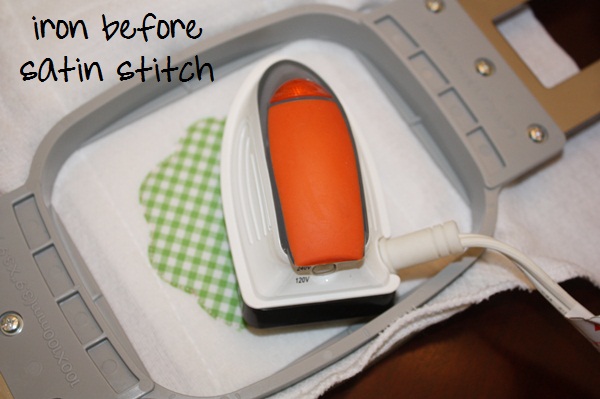
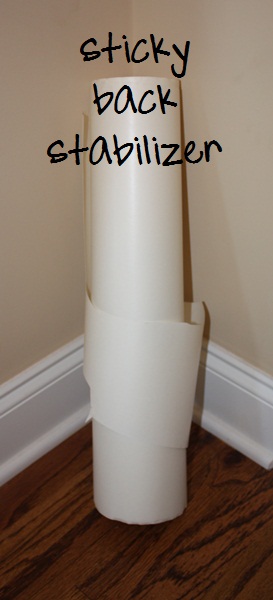
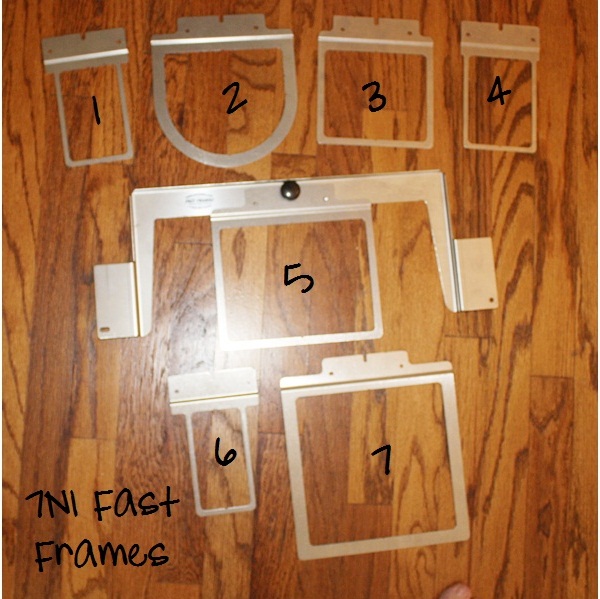
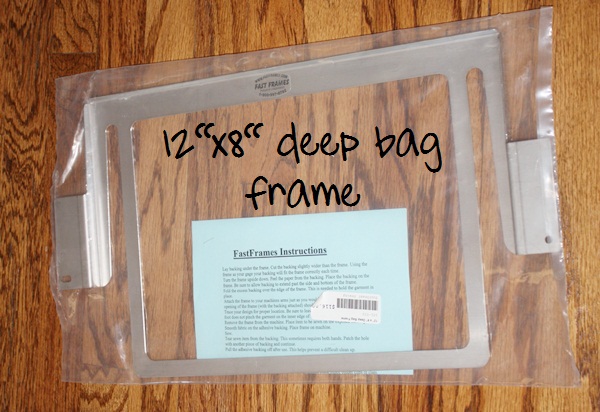
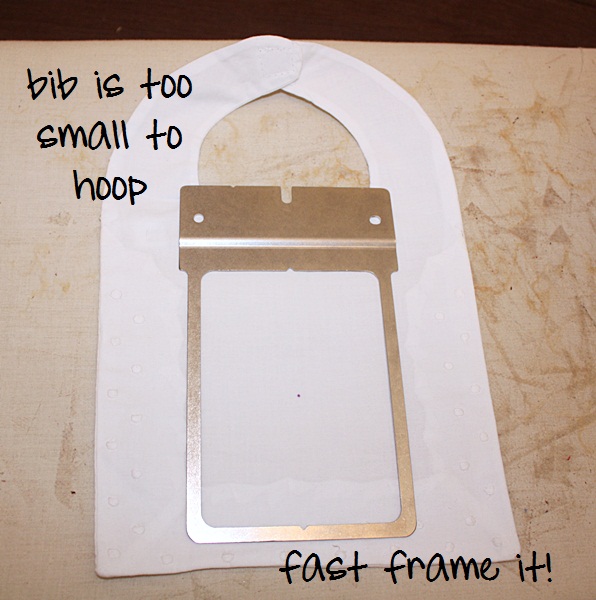
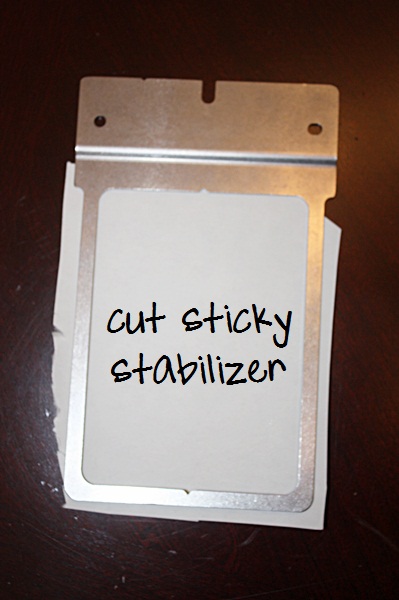
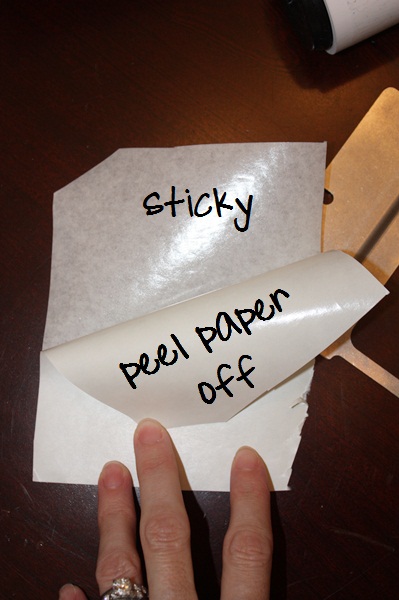
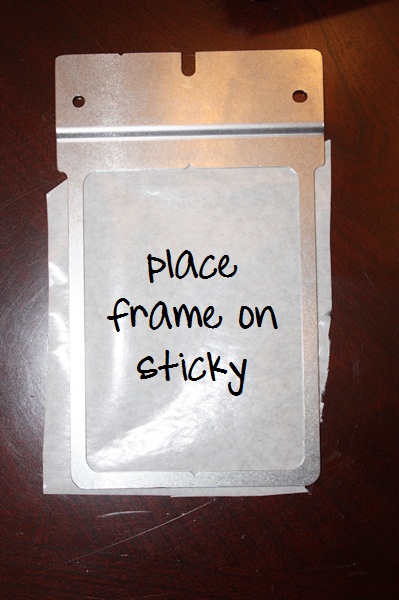
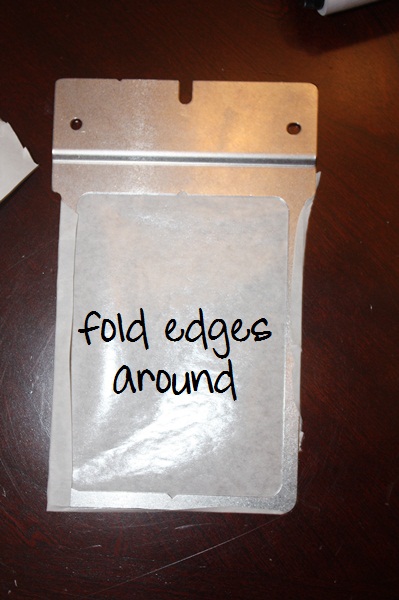
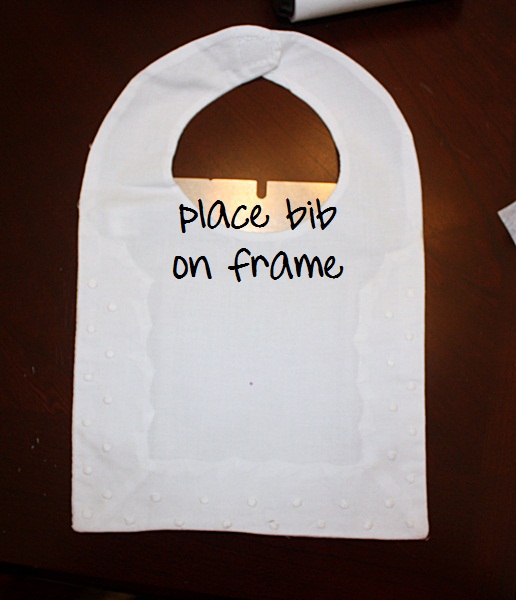
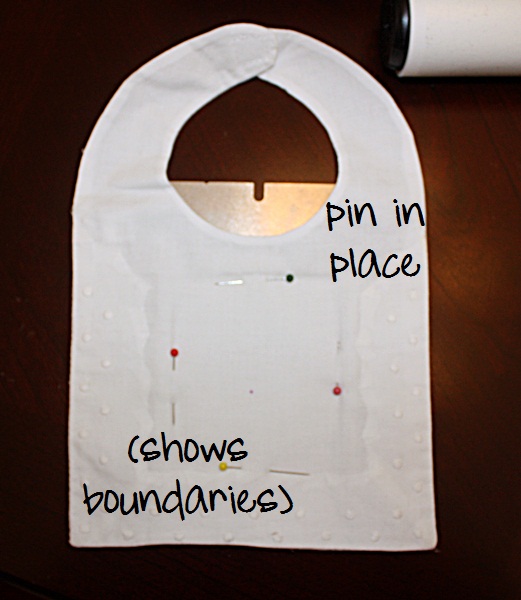
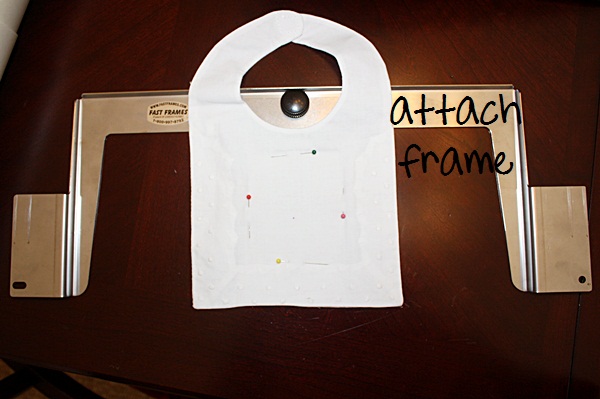
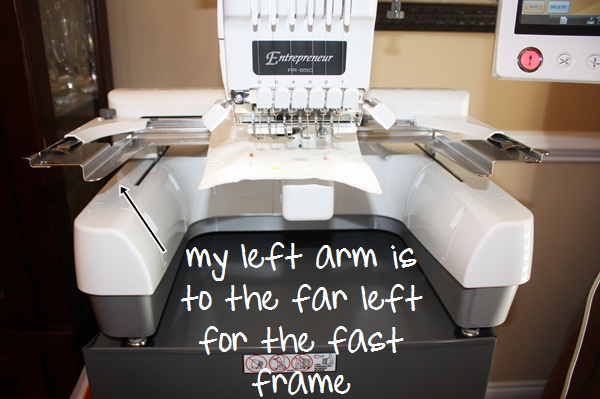
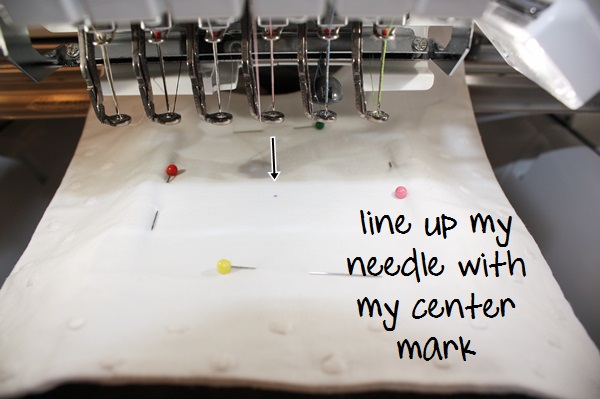
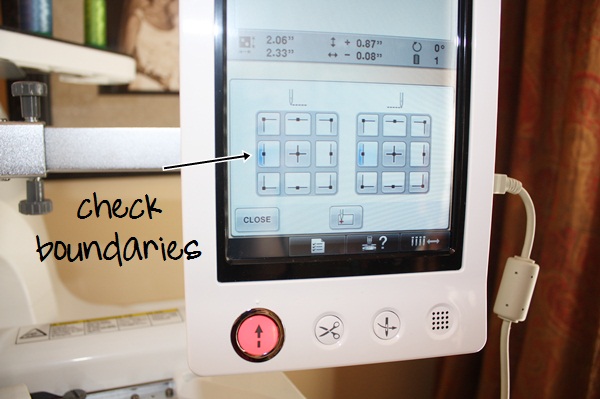
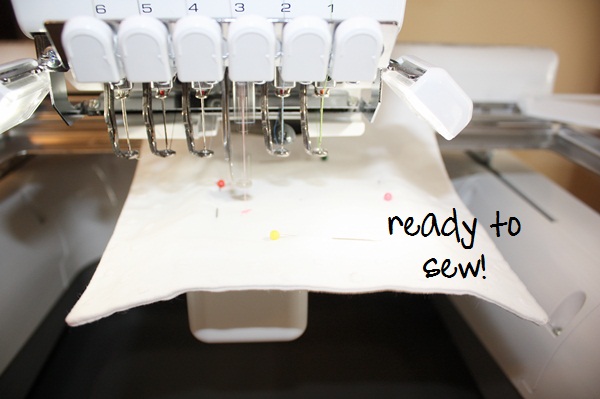
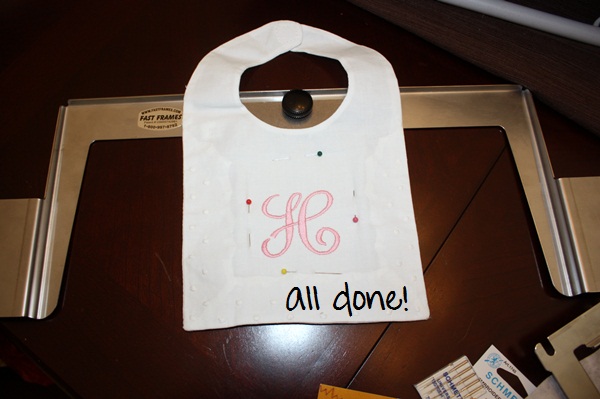
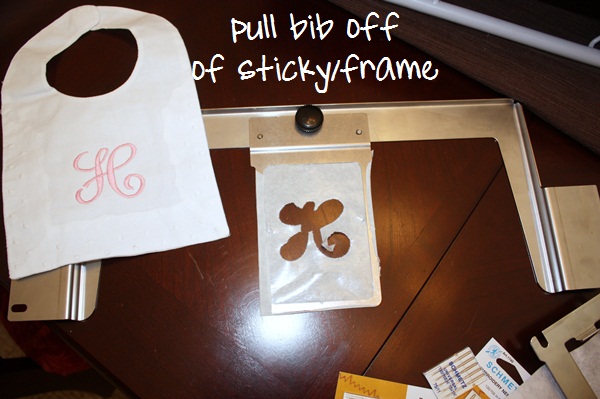
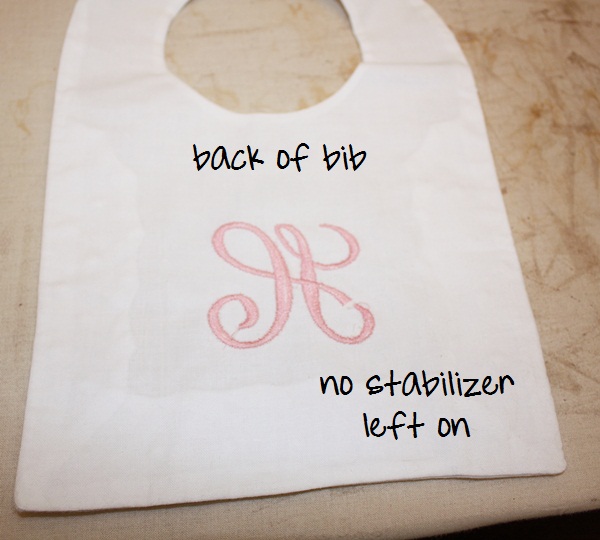
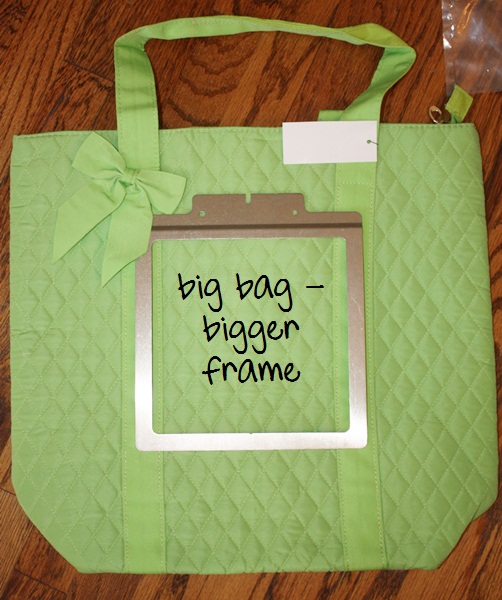
Recent Comments